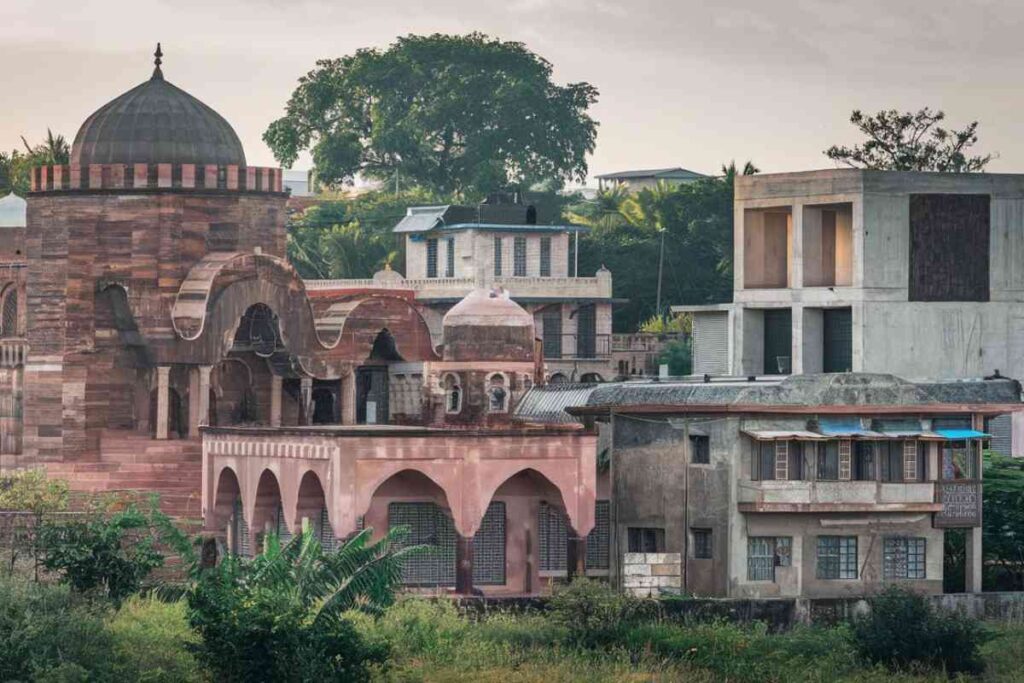Aoomaal is more than just a cultural practice it’s a living tradition that binds people to their collective identity and history.
It serves as a vital link between past and present, evolving over time while preserving its foundational values.
This introductory section sets the stage for understanding how aoomaal connects individuals across generations, communities, and cultures.
The Origins of Aoomaal: A Historical Tapestry

At the core of understanding this tradition lies its history a multi-layered past that transcends regional boundaries and brings communities together.
The term itself is derived from ancient dialects, carrying meanings of strength, unity, and communal heritage.
While its etymological roots are debated, some linguists trace the name back to indigenous cultures, where it symbolized leadership and resilience in the face of adversity.
Key Historical Milestones
Origins in Ancient Societies
This tradition is believed to have emerged as early as the Bronze Age, when communities first began using symbolic practices to express collective identity and shared beliefs.
At the time, rituals surrounding it were deeply tied to the seasons, migration, and ancestral worship.
Adaptation Through Migration
As populations migrated and cultures blended, this tradition evolved. It absorbed elements from neighboring communities while maintaining its core essence of community bonding and respect for tradition.
Modern Integration
In the 21st century, this tradition has not only survived but thrived, with modern adaptations that incorporate contemporary elements, from virtual gatherings to art festivals. This adaptability is a testament to its resilience and enduring relevance.
Tracing the Roots of Aoomaal
Aoomaal has deep historical roots, emerging as a powerful medium for celebrating life’s milestones, mourning losses, and strengthening community ties.
It has been central to many cultures, serving as a space where individuals express joy, sorrow, and hope.
Evolution Over Generation
Over time, aoomaal has adapted to societal shifts, maintaining its essence but taking on different forms according to the era.
While the specific rituals may vary, the core idea of fostering unity through shared cultural practices has remained intact.
Understanding Aoomaal’s Cultural Significance in Today’s World
This tradition is more than just a practice it serves as a vital cultural bridge, connecting the past to the present while fostering unity among communities.
Its practices encapsulate key values of identity, heritage, and respect for the wisdom of previous generations.
Themes in Aoomaal Celebrations
- Community and Unity: The core of this tradition lies in its ability to unite people. In order to recognize their common origin, entire communities frequently come together for celebrations, which promote a sense of togetherness and belonging.
- Storytelling and Oral Tradition: One of its most enduring practices is storytelling.
Through oral traditions, elders share stories from the past and impart knowledge, lessons about history, and life lessons.
Many aspects of community life that would have otherwise been lost to time have been preserved because to this. - Music and Dance: These celebrations typically involve traditional music, drumming, and dance.
These are not mere performances but sacred acts of collective memory, keeping alive the songs and rhythms that define cultural identity.
Modern-Day Adaptations of Aoomaal

This practice has a long history, but it is not a holdover from the past. It’s changed to fit the digital age, and it keeps changing every year.
These days, the festivals include modern aspects without losing touch with their roots.
Blending Tradition with Modernity
- Virtual Celebrations: With the rise of social media and digital platforms, this tradition has found a new space to thrive.
Communities from across the globe can now participate in virtual gatherings, where they share music, stories, and traditions online. - Cultural Innovation: Modern artists and creators are reinterpreting this tradition through contemporary mediums.
From film to visual arts, its themes of unity and heritage are explored in fresh, innovative ways that appeal to younger generations. - Global Festivals: What was once a local tradition has now gained global attention.
These festivals attract visitors from all over the world, providing a platform for cultural exchange and appreciation.
Key Rituals and Practices in Aoomaal Celebrations
Tradition is at the heart of every such celebration. While practices may vary slightly from region to region, the central rituals remain consistent and deeply meaningful.
Core Rituals
- Ancestral Offerings: In many of these customs, giving gifts to ancestors is a way to show respect and gratitude.
Symbolic items like flowers or incense are often included in these gifts, along with food and drink. - Communal Feasting: The communal supper, where members get together to enjoy customary recipes that have been passed down through the centuries, is a fundamental component of this practice.
These feasts strengthen ties to the community and family and serve as a symbol of unity. - Music and Dance as Sacred Acts: Drumming and traditional dances are not merely celebratory but are considered sacred rituals.
These acts serve as a form of storytelling, conveying historical narratives and emotional depth.
Modern Innovations in Rituals
Many of these celebrations have embraced sustainability, incorporating eco-friendly practices into traditional rituals.
For example, some communities now plant trees or host charity events alongside the typical festivities to give back to the environment and society.
Challenges Facing Aoomaal in the Modern Era

Like many cultural practices, this tradition faces its share of challenges as society evolves. While it has demonstrated remarkable resilience, certain pressures threaten its integrity.
Commercialization of Tradition
As these festivals grow in popularity, they have also attracted commercial interests. Some argue that the essence of the tradition its focus on community and heritage is being diluted by corporate sponsorships and the desire for profit.
The risk is that commercialization could overshadow the very traditions it seeks to celebrate.
Environmental Impact of Large Gatherings
With the increase in global attention, some of these festivals have expanded dramatically, leading to concerns about their environmental footprint.
Large gatherings can place stress on local resources and ecosystems. Efforts are being made to minimize this impact by promoting sustainable practices during the events.
Conclusion
Aoomaal’s adaptability and deep cultural significance ensure its enduring legacy.
While the tradition continues to evolve, its core values of unity, community, and identity remain unchanged.
By embracing both the past and the future, aoomaal will continue to be a vibrant part of cultural life for generations to come.
FAQs
What is Aoomaal?
Aoomaal is a cultural practice rooted in ancient traditions, celebrating community, unity, and respect for ancestors through rituals such as music, dance, and communal feasts.
How is Aoomaal relevant today?
While grounded in tradition, Aoomaal has adapted to modern times, incorporating contemporary elements like virtual celebrations and global festivals.
What are the key challenges facing Aoomaal?
Key challenges include commercialization and environmental concerns associated with large gatherings.




